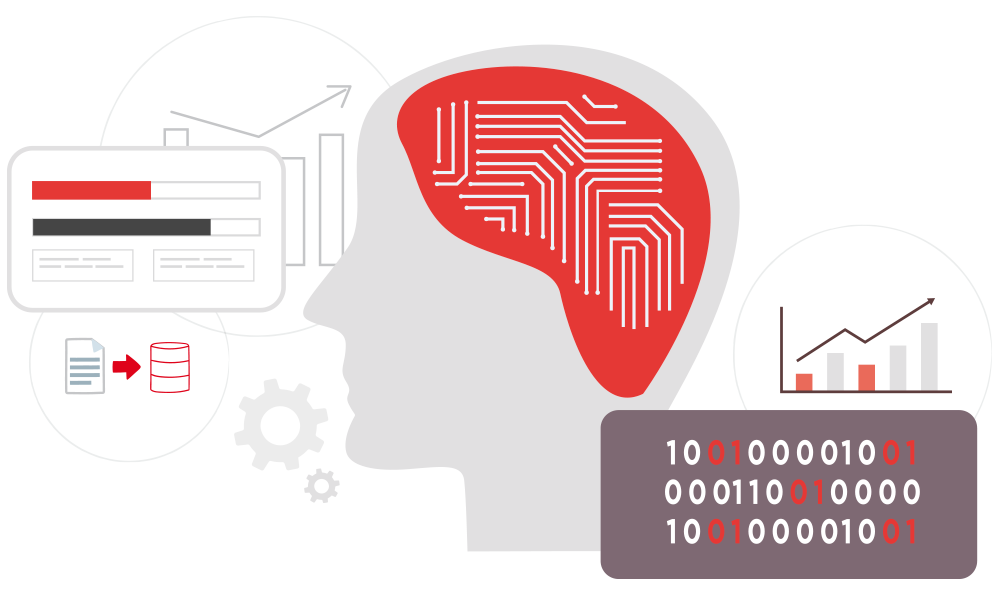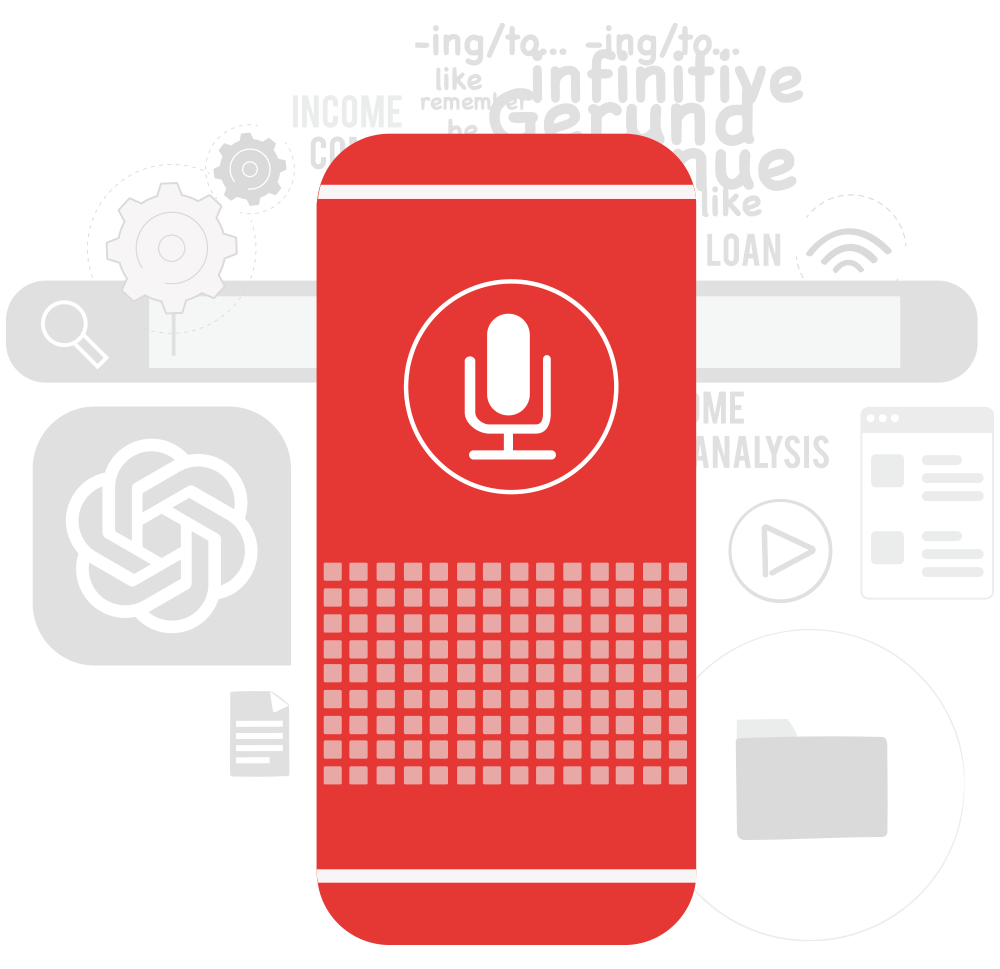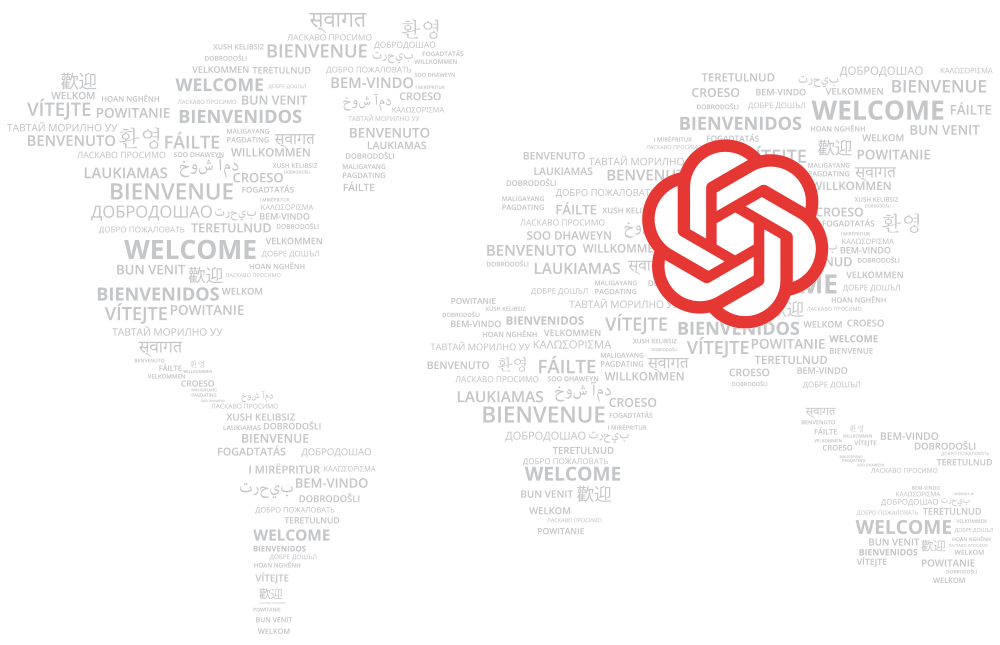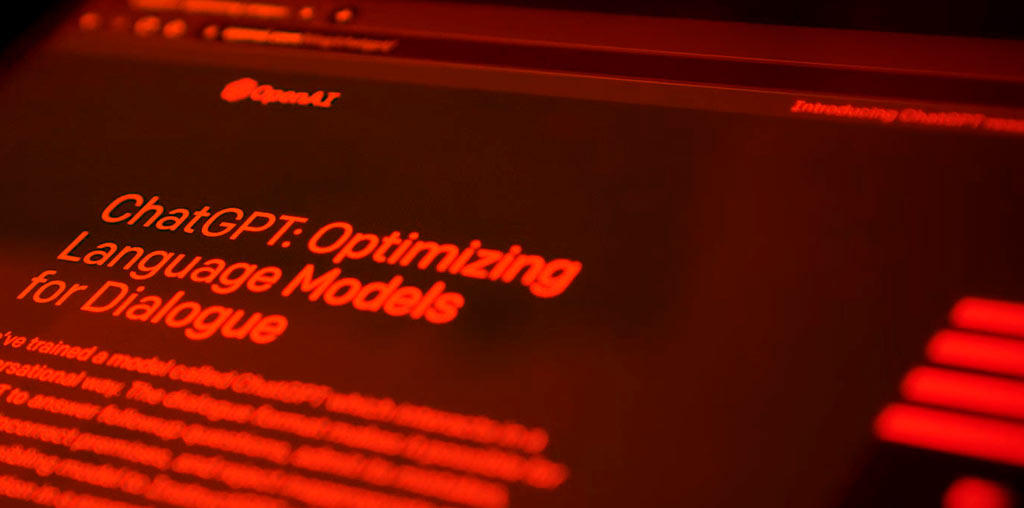What Is a Large Language Model?

A large language model (LLM) is a core component of natural language processing (NLP), a type of artificial intelligence (AI) focused on computers understanding and generating human language. An LLM involves statistical tools and algorithms to analyze language, look for patterns, and predict words using a range of rule-based approaches.
What Is a Large Language Model?
LLMs have been helping us for some time in daily activities, although you may not have known that was the technology behind these applications. Some of the common examples of language models include:

- Speech recognition software – voice assistants, such as Siri and Alexa, process speech audio and give us a range of information from the weather to the latest movie time.
- Text suggestions – when typing a text or email, some of these services suggest what to type next, saving us time.
- Machine translation – statistical tools translate content from one language into another. Google Translator is one example, and many language service providers (LSPs) offer machine translation for businesses. More on this later in the blog.
- Generating text – tools like ChatGPT generate human-like content on subjects that have been drawn from the internet.
LLMs have been helping us for some time in daily activities, although you may not have known that was the technology behind these applications.

What Is ChatGPT?
ChatGPT is a large language model driven by AI technology that enables you to have human-like conversations with the chatbot. It can answer questions, write essays, compose emails, and much more. ChatGPT can’t search for information on the internet; it uses information learned from training data to form a response.
So while ChatGPT can be helpful in certain ways, there are also many concerns and limitations including not being able to search the internet for information, wording the same thing differently may produce contradicting results, have biased or inaccurate results, doesn’t share the content source, and more. And when you translate a questionable result, it can lead to an even more questionable translation.
Does ChatGPT Work in Other Languages?
ChatGPT was trained on a huge dataset of content from the internet, so it understands languages other than English. It used many examples of sentences in other languages and knows rules for how sentences and words are combined to make them sound right. Although ChapGPT knows at least 95 languages, it’s primarily designed to understand and generate content in English.

What Is a Large Language Model?
While ChatGPT can produce content in other languages, there are concerns around language translations.
-
Quality
While ChatGPT translates content, there are concerns that the algorithms can’t capture cultural aspects of written language. For example, some cultural references and idiomatic expressions may not translate correctly, leading to poor quality translations. In addition, language has nuances that an algorithm can’t replicate. -
Creative Content
Content that is creative, artistic, persuasive, etc. is hard to translate by humans, let alone by AI translations. This is because the algorithms lack the “human” side of translations, resulting in translations that may not necessarily be incorrect but that lack the full breadth of emotion and engagement that the text is trying to portray.
-
Complex and Technical Content
Al solutions may not return good or even correct results for complex and technical content. When accuracy is an important factor, take AI results lightly. -
Content Ownership
There are many questions about who owns the results of AI-generated content. Not having references for the content it generates adds layers of complexity. -
Biased Results
Given that AI models are fed volumes of content, they may result in gender and other types of biases from the engineers. Then these models will feed off each other, causing inaccurate translations.
Machine Translation and Language Translations
Language service providers can use machine translation as a way to generate translated content quickly and provide an alternative. Machine translation software works well for general content and common language pairs (e.g., English to Spanish).

LSPs can also provide a human post-editing step to the process to improve the quality one step further. In this step, a human translator or linguist edits the machine-generated content. To reach a level of human quality, a post-editing step is necessary.
Conclusion

ChapGPT and other AI-based technologies are good for many types of applications. However, despite the advantages of AI technology, it does have disadvantages, and users should not completely rely on it, especially when it comes to translation. Like machine translation, you can get a translation that gets the gist of something, knowing that it may not be accurate or contain cultural and language nuances.
Machine translation and other Large Language Models continue to evolve and learn over time, ChatGPT and other AI models should do the same. Just remember that they’re better for some purposes than others.







